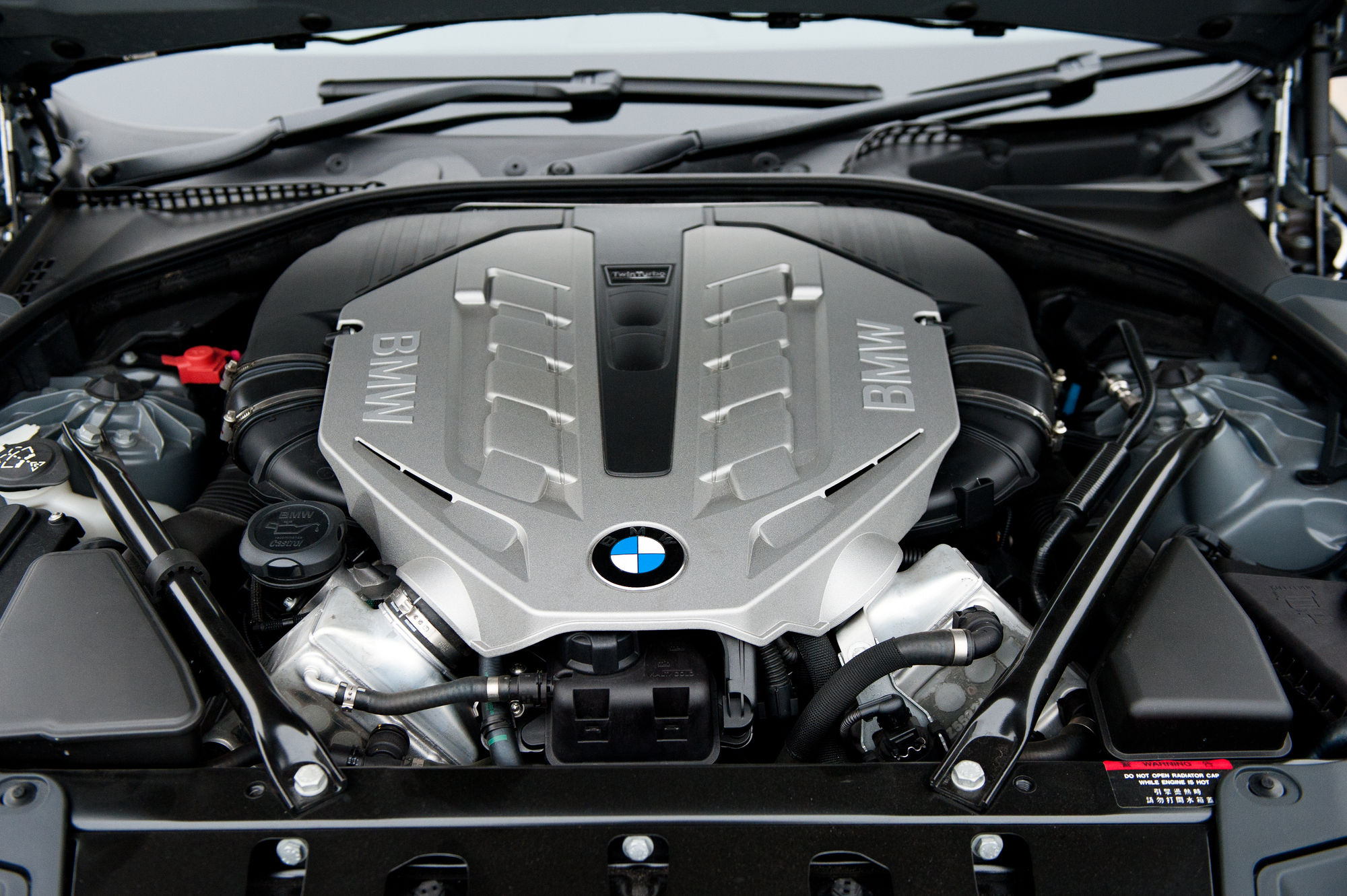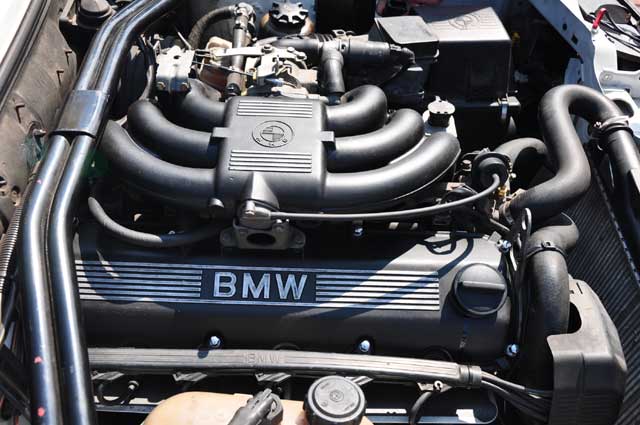A Comprehensive Guide to Comprehending BMW Engine Specifications
A Comprehensive Guide to Comprehending BMW Engine Specifications
Blog Article
Checking Out the Advancement of Burning Engines in Modern Transport Solutions
As we browse the landscape of contemporary transportation, the development of combustion engines stands as a testament to human resourcefulness and engineering prowess. From their humble starts to the innovative giants driving automobiles today, combustion engines have undergone an amazing journey of development and adaptation. Understanding the intricacies of this advancement not just clarifies the past however also paves the means for visualizing what lies in advance in the world of transportation technology. The interaction of history, technology, and ecological worries in shaping the trajectory of burning engines develops a story that is both insightful and compelling.
Early Beginnings of Combustion Engines
Just how did the concept of burning engines very first emerge in the very early stages of transport development? When the principles of interior burning were very first discovered, the roots of burning engines can be traced back to the 17th century. In 1673, Christian Huygens conceived a basic interior burning engine that used gunpowder to produce power. It wasn't up until the late 19th century that sensible applications of combustion engines in transportation started to arise.
The advancement minute featured the innovation of the very first effective gasoline-powered engine by Karl Benz in 1885 - bmw engine. This engine led the way for the development of the contemporary auto, revolutionizing transportation systems worldwide. Subsequent advancements by Nikolaus Otto and Gottlieb Daimler better refined combustion engine technology, causing the automation of cars and the rapid growth of the transportation market
These early combustion engines were identified by their simpleness and effectiveness, laying the structure for the complex and powerful engines utilized in modern transportation systems. The evolution of burning engines has actually been critical in shaping the way we take a trip and move items, noting a considerable milestone in the background of transport advancement.
Transition to Internal Burning Innovation
The transition to internal burning innovation marked a crucial change in the evolution of transport systems. This shift began in the late 19th century, with developers like Nikolaus Otto and Gottlieb Daimler establishing the first successful internal burning engines. These engines transformed transportation by using a much more powerful and effective alternative to heavy steam engines and electric motors.
Among the key benefits of internal burning engines was their ability to be reduced to match lorries, resulting in the growth of vehicles and motorbikes. This shift from large, fixed engines to compact, mobile ones led the way for the contemporary transportation systems we see today.
The shift to interior burning technology additionally spurred improvements in gas innovation, bring about the development of gas and diesel as key fuel sources for cars. This shift not only made transport much more obtainable to the masses but likewise laid the structure for the oil and gas sector to become important to international economies.
Effect of Combustion Engines on Transport
The fostering of combustion engines in transportation systems catalyzed an extensive change in the performance and rate of international mobility. Combustion engines reinvented transport by giving a reputable click here for more info and flexible resource of power for various vehicles, consisting of cars, trucks, ships, and aircrafts. This innovation considerably improved the capacity for people and goods to conform cross countries in much shorter timespan, bring about raised connection in between regions and nations.
Furthermore, the widespread use burning engines has actually had a considerable effect on financial advancement. The capability to carry products efficiently has stimulated profession and commerce, allowing organizations to increase their markets and get to consumers worldwide. This has facilitated financial growth and globalization, as products can now be carried faster and in bigger amounts than ever.
However, the ecological effect of combustion engines can not be overlooked. The burning of fossil fuels has actually caused air pollution and greenhouse gas emissions, adding to environment modification and positioning health threats to populations. bmw engine. Therefore, there is a growing focus on establishing alternative propulsion technologies to alleviate these negative results and produce a much more sustainable future for transportation
Developments in Combustion Engine Design
Various advancements in combustion engine style have actually driven the evolution of transport systems over the decades. One notable technology is the advancement of turbocharged engines, which make use of exhaust gases to drive a generator that compresses incoming air, permitting more gas to be burnt, resulting in raised power outcome without a considerable increase in engine size. Additionally, direct shot modern technology has improved fuel performance and efficiency by precisely controlling the quantity and timing of fuel infused into the burning chamber. Variable shutoff timing systems have also reinvented engine layout by optimizing air flow at different engine speeds, improving both power and performance. An additional significant innovation is the assimilation of light-weight materials such as carbon fiber and light weight aluminum alloys, lowering general engine weight and boosting automobile fuel economic situation. Innovations in computer-aided style have actually allowed engineers to optimize engine performance and performance through simulations prior to physical prototypes are built, saving time and sources in visit homepage the development procedure. These developments jointly add to the constant improvement of burning engines in modern-day transport systems.
Future Trends in Combustion Engine Advancement
With technology improvements driving continuous development, the future of combustion engine development is poised to change transport systems globally. One of the essential trends in combustion engine growth is the push in the direction of greater performance and lowered exhausts.
One more noticeable pattern is the fostering of hybrid innovations in burning engines. Crossbreed engines integrate typical burning modern technology with electric power, supplying boosted fuel efficiency and reduced exhausts. As the automobile sector changes towards electrification, hybrid combustion engines are viewed as a transitional service that connects the space between standard cars and totally electric ones.
Furthermore, the combination of wise technologies, such as fabricated knowledge and data analytics, is expected to play a significant function in the future Visit Website of combustion engine development. These innovations can maximize engine efficiency in real-time, causing more effective burning processes and boosted general car efficiency. Welcoming these future fads will not only drive innovation in combustion engine advancement but likewise add to a much more lasting and ecologically friendly transport ecosystem.

Verdict
In verdict, the advancement of burning engines in modern-day transportation systems has actually been noted by significant improvements in innovation and layout. From the early starts of burning engines to the transition to interior burning technology, these engines have actually had a profound impact on transport.
The origins of combustion engines can be traced back to the 17th century when the concepts of interior burning were first discovered. These engines revolutionized transport by using a more effective and effective alternative to vapor engines and electric motors.

Report this page